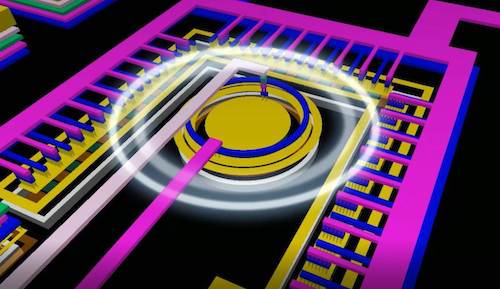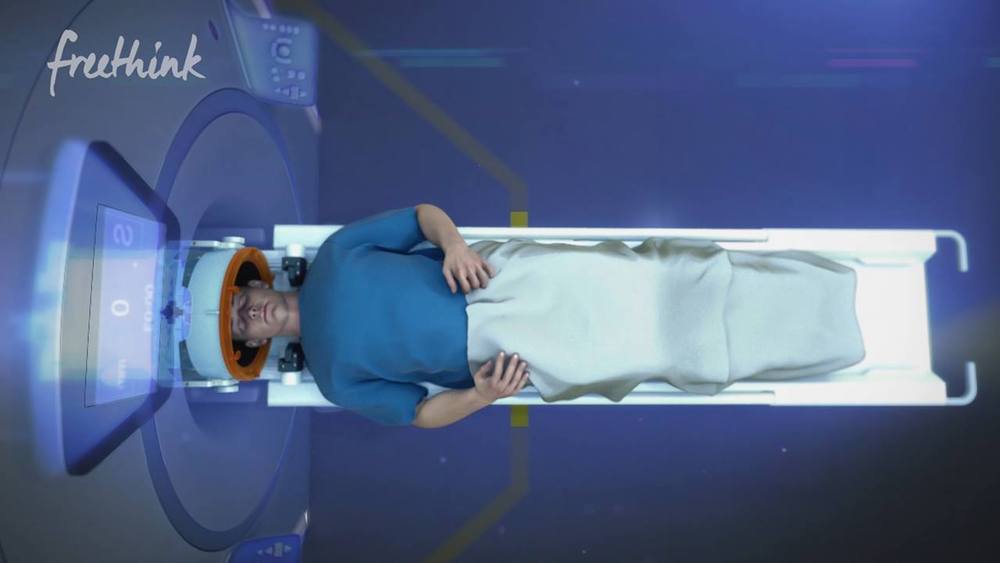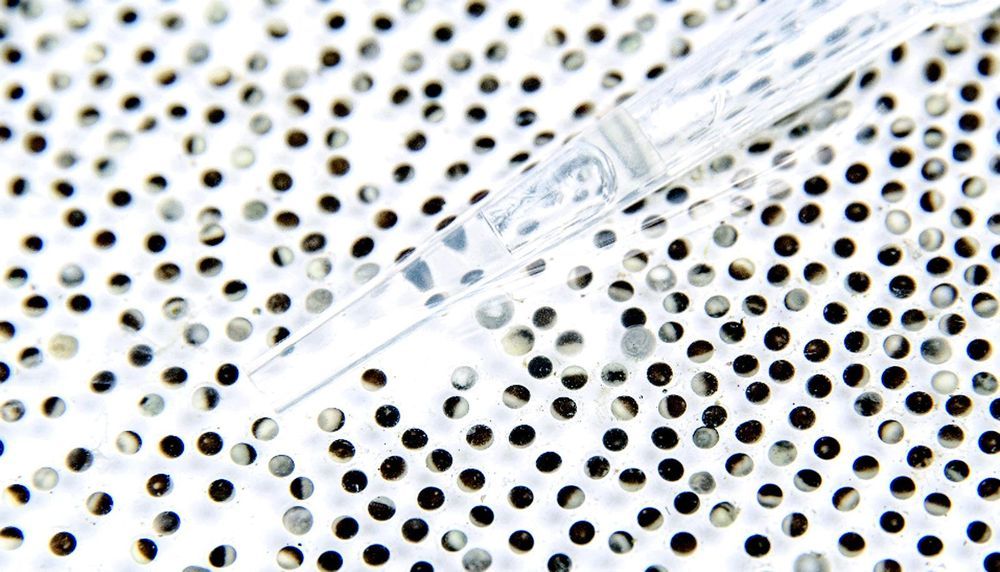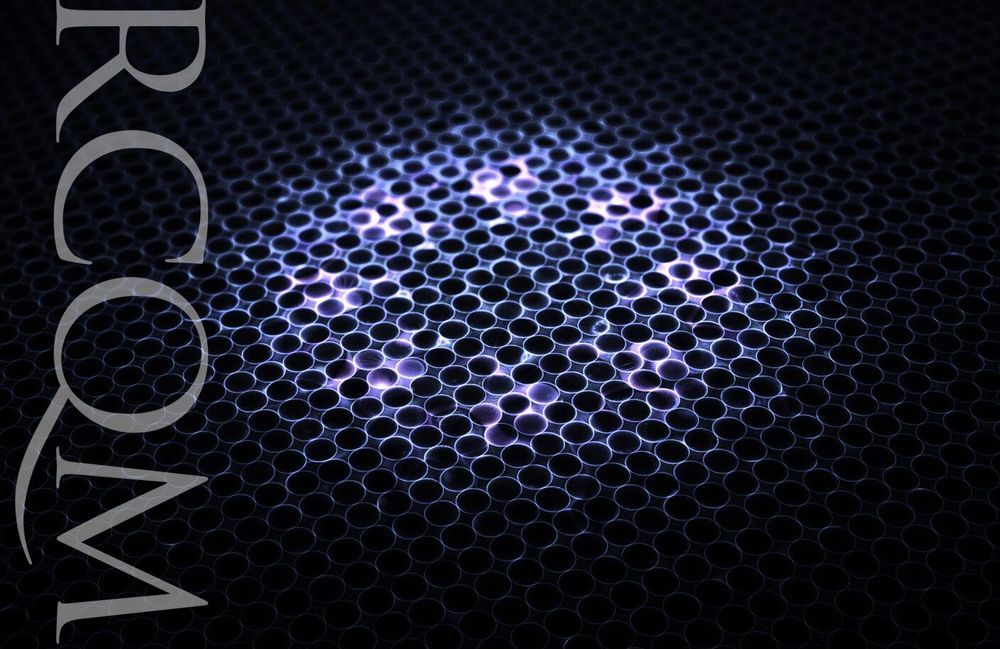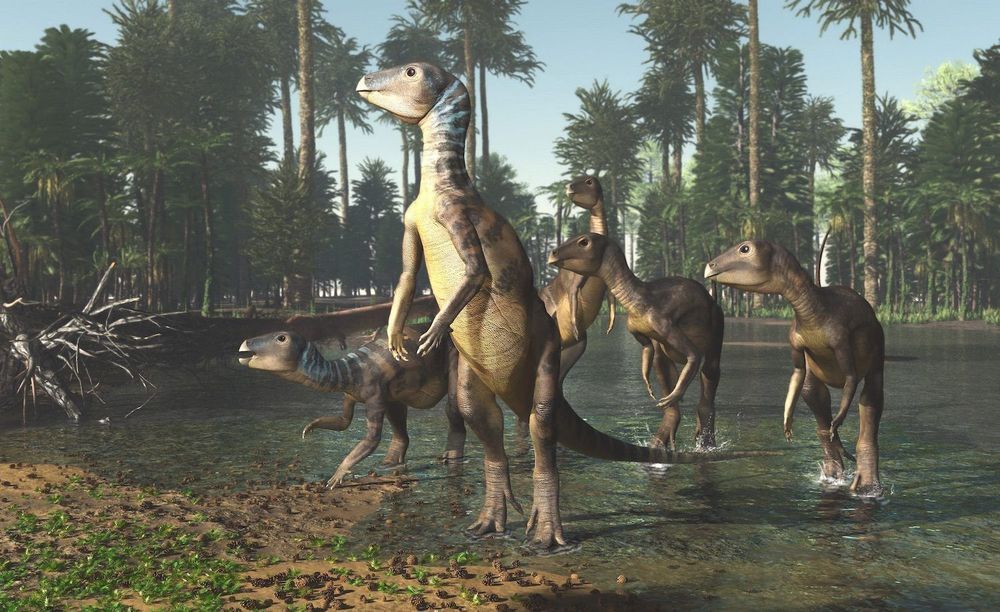Jan 17, 2019
On-chip optical link is created on electronic chip for the first time
Posted by James Christian Smith in categories: computing, internet
https://www.laserfocusworld.com/…/on-chip-optical-link-is-c…
Researchers of the University of Twente (UT; Enschede, Netherlands) have, for the first time, succeeded in connecting two parts of an electronic chip using an on-chip optical link, all fabricable with standard CMOS technology — a long-sought-after goal, as intrachip connection via light is almost instantaneous and also provides electrical isolation. Such a connection can, for example, be a safe way of connecting high-power electronics and digital control circuitry on a single chip without a direct electrical link. Vishal Agarwal, a UT PhD student, created a very small optocoupler circuit that delivers a data rate of megabits per second in an energy-efficient way.
Continue reading “On-chip optical link is created on electronic chip for the first time” »
